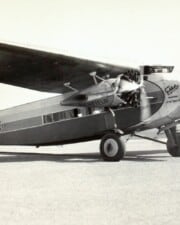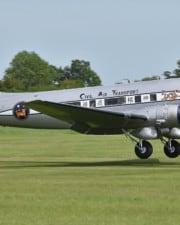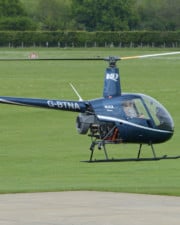Helicopters are used by every branch of the US military, including the army, marines, navy, air force, and coast guard. During the Vietnam War Era, different types of helicopters were crucial for providing support for ground forces, scouting locations, and deploying or retrieving soldiers.
Table of Contents
The United States used a variety of types of helicopters throughout the Vietnam War, as the conflict lasted for two decades. The United States began providing military support for the South Vietnamese in 1955. During this period, over 2.7 million Americans served in Vietnam and over 58,000 died.
How many helicopters were lost in Vietnam?
Along with significant losses of life, the Vietnam War resulted in the loss of military aircraft and equipment. Out of about 11,856 helicopters deployed during the war, 5,607 helicopters were lost.
The air force flew 5.25 million deployments during the Vietnam War, losing 2,251 total aircraft, including over 100 helicopters. Additional losses occurred during scouting missions conducted by the army and marines.
The type of helicopter used depended on the mission. For example, the Bell AH-1 Cobra was used as an attack helicopter during the second half of the war. The Boeing CH-47 Chinook was primarily used for transport. Here is a closer look at the types of helicopters in Vietnam, including the most common models and their intended uses.
1. Heavy Attack Helicopters

The use of attack helicopters was one of many modern developments introduced during the Vietnam War. The first attack helicopter used by the US military was the Bell AH-1 Cobra, which was developed to provide support for the Bell UH-1 Huey transport helicopter.
The AH-1 helicopters arrived in South Vietnam in 1967 and were used in battlefield roles starting in 1968. The combination of a Huey and a Cobra flying together became a common sight during the rest of the war. The Cobra was fast and deadly, allowing the pilot and co-pilot to fire on enemies.
The AH-1 was also frequently deployed with the Hughes OH-6A Cayuse. The Cayuse flew low to draw fire and reveal the locations of targets for the AH-1. The AH-1 was eventually updated with a lengthened fuselage and more powerful engine, named the AH-1J Sea-Cobra, which was primarily used by the USMC.
2. Light Attack Helicopters
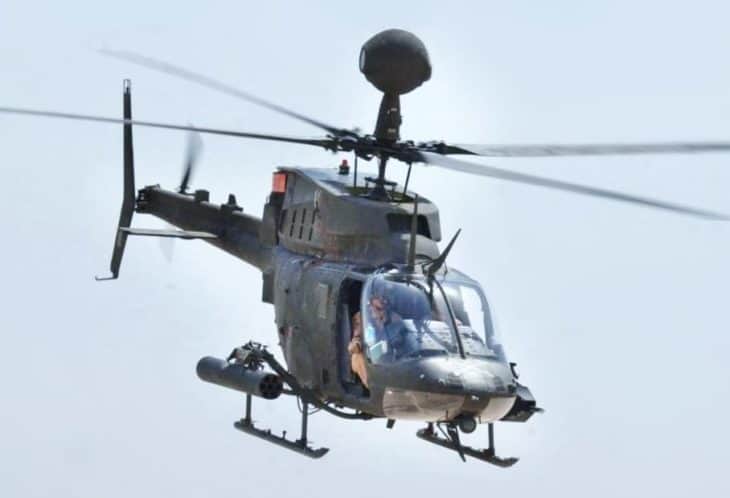
Before the introduction of light attack helicopters, armed forces mostly used helicopters for transport and recon. The Soviet Air Forces and the US Air Force equipped the Sikorsky R-4 and the Mil Mi-4 with weapons, creating the first helicopters with limited combat capabilities.
The Hughes OH-6 Cayuse and the Bell OH-58 Kiowa are dual-purpose helicopters, originally designed for observation and frequently used as light attack helicopters. The Bell OH-58 Kiowa was often deployed for observation and reconnaissance. However, unlike most other observation helicopters, it typically featured heavy caliber machine guns and an air-to-air missile.
The firepower of the Kiowa made it suitable for a variety of roles, including close air support. During the Vietnam War era, the US Army frequently used OH-58 helicopters alongside Bell AH-1 attack helicopters. The Kiowa was introduced in 1969 and quickly became the preferred choice over the Hughes OH-6 Cayuse.
3. Observation Helicopters
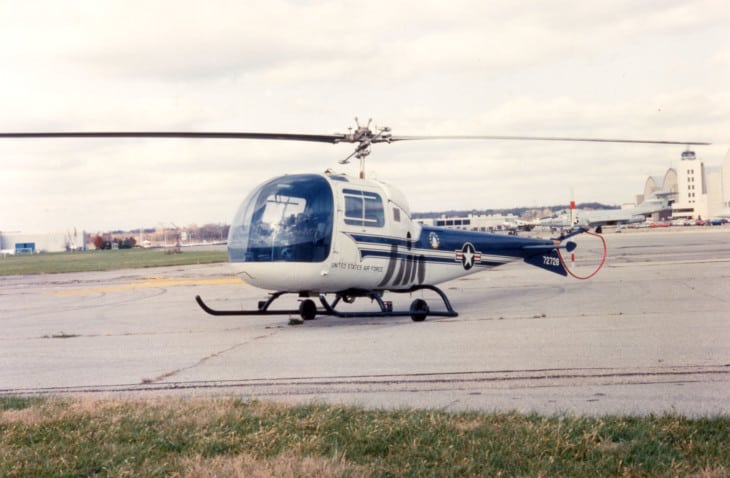
Observation helicopters replaced the use of balloons and light airplanes for reconnaissance missions. Unlike airplanes, helicopters could remain in one location and provided increased maneuverability, making them ideal for scouting out areas. One of the most used observation helicopters is the Bell H-13 “Sioux.”
The H-13 was developed in 1946 and used by the Army, Air Force, and Navy during the Korean War. It was mostly used for medical evacuations. However, at the start of the Vietnam War, the H-13 became a common choice for light scouting, as it was light and nimble.
The Bell OH-58 Kiowa and the Hughes OH-6 Cayuse were also commonly used as observation helicopters after their introduction in the 1960s. The addition of guns and rocket pods allowed these helicopters to provide counter-reconnaissance capabilities, taking out enemy recon units.
4. Search and Rescue Helicopters

Observation helicopters and transport helicopters were occasionally used for search and rescue operations during the Vietnam War. However, the armed forces eventually required a dedicated search and rescue helicopter, which resulted in the development of the HH-3E “Jolly Green Giant.”
Search and rescue helicopters require the ability to fly long distances and hover for extended periods. They also need to provide defensive fire when landing in combat zones. The original HH-3E was a converted Sikorsky CH-3E “Sea King.” The updated helicopter had a larger ramp, self-sealing fuel tanks, and guns.
The HH-3E became the primary search and rescue helicopter for the US Air Force in Vietnam. It was typically equipped with two M60 machine guns and could hold up to 25 passengers. After the Vietnam War, the US Air Force continued to use the HH-3E for another two decades.
5. Multi-Mission Helicopters
Most military helicopters end up serving multiple purposes. For example, a helicopter may offer transport, ground support, and recon capabilities. These multi-mission helicopters are often agile, lightly armed, and capable of holding additional passengers or cargo.
There are many examples of multi-use helicopters in Vietnam, but the Bell UH-1 Iroquois (Huey) is the most recognizable. The Huey was released in 1959 and has served as a utility, attack, and transport helicopter. It could hold 14 troops or up to six medical litters and medical crew.
The large passenger space made it a common choice for transport and medical evacuations. However, it was also often fitted with armaments, such as M60 machine guns or rocket pods. Along with the fact that the Huey could take off and land almost anywhere, it became suited for any role required.
6. Anti-Submarine Helicopters

Also called “maritime helicopters,” anti-submarine helicopters are used by the Navy to hunt submarines. They were commonly equipped with a pair of torpedoes or a chin-mounted minigun. However, they were originally used to help rescue airmen at sea. The Kaman SH-2 Seasprite is one example of an anti-submarine helicopter.
The SH-2 was originally developed in 1956 due to the need for a ship-based helicopter on Navy ships. The original design lacked armaments and was operated from aircraft carriers. In 1968, turboshaft engines were added to boost the helicopter’s power and handling.
The Navy also used unmanned helicopters in Vietnam. The Gyrodyne H-50 was developed as a drone anti-submarine helicopter (DASH). It was based on a single-seat roto-cycle and controlled remotely by two operators on the warship. One operator controlled the flight while the other controlled the armaments.
7. Medium-Lift Cargo Helicopters

Cargo helicopters are specialized transport aircraft primarily intended to hold supplies and equipment. They come in a variety of sizes and are often classified as medium-lift or heavy-lift cargo helicopters. One of the most used medium-lift helicopters during the Vietnam War was the Boeing CH-47 “Chinook.”
The CH-47 had a tandem-rotor design, allowing it to provide the lift needed for hauling cargo. It also featured a powered cargo door that doubled as a loading ramp, providing quicker access to the cargo. Along with supplies, the helicopter could seat up to 55 troops.
The Mil Mi-8 is another medium-lift helicopter used during the Vietnam War. While smaller compared to the CH-47, the Mi-8 offers more range, traveling up to 280 miles. The smaller helicopter was also more agile and often equipped with side-mounted PK machine guns.
8. Heavy-Lift Cargo Helicopters
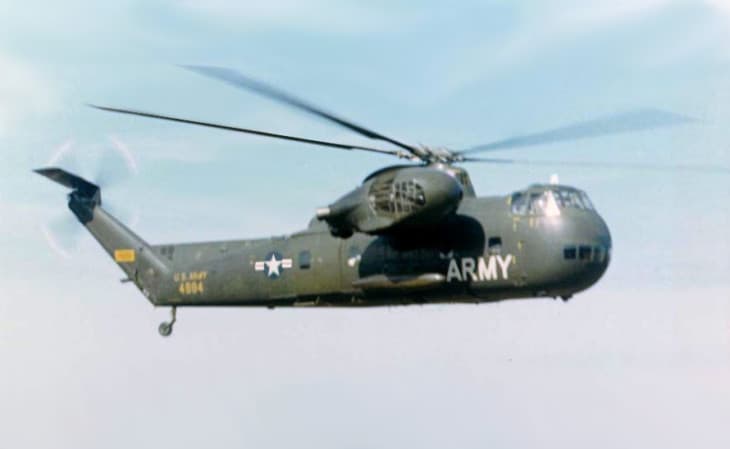
Heavy-lift cargo helicopters are designed to transport heavy loads. One example is the Sikorsky CH-37, with a capacity of over 10,000 pounds. The CH-37 was originally designed to transport cargo and combat-ready infantry and was introduced at the start of the Vietnam War.
By the early 1960s, the USMC needed a new fleet of heavy-lift helicopters to replace its aging CH-37s. This resulted in the production of the Sikorsky CH-53 Sea Stallion. It had a capacity of 8,000 pounds and a top speed of 170 miles per hour.
The CH-53 continued to receive updates, which eventually led to the creation of the Sikorsky S-64 Skycrane. The heavy-lift helicopter offered more power compared to earlier versions and remains in use today in the civilian market as a firefighting helicopter.
9. Passenger Transport Helicopters
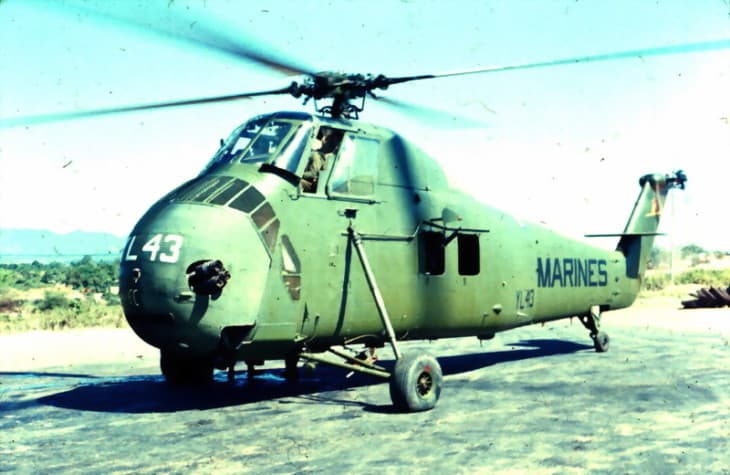
Many medium-lift and heavy-lift helicopters were used to transport troops. However, there were also several helicopters specifically designed for passenger transport instead of cargo, such as the Sikorsky H-34 and the H-19.
The H-19 was released in 1950 as the first purpose-made troop transport helicopter. The military version of the H-19 had seating for 10 passengers, with a cabin that was accessible from the cockpit. Several hundred of these aircraft were built for the US military during the Korean War and the Vietnam War.
The H-34 Choctaw was developed as a replacement for the H-19. The newer helicopter offered more space and power, with seating for 16 troops and a maximum range of 182 miles.
10. Liaison Helicopter
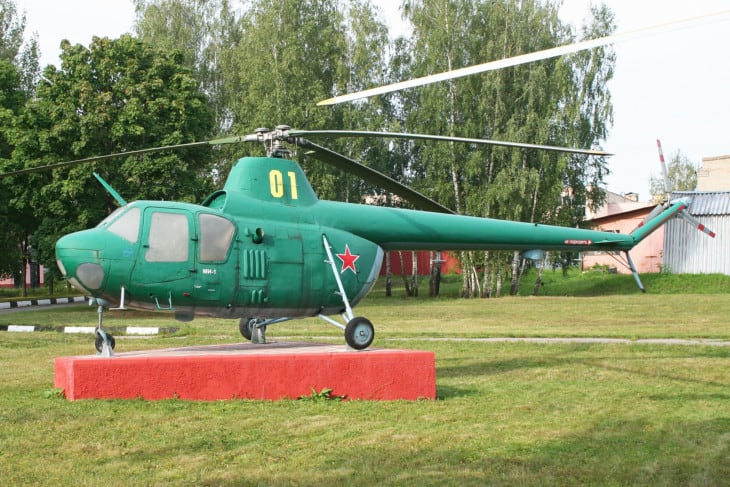
Liaison helicopters are typically light utility helicopters that no longer provide adequate use in other roles. For example, the Mil Mi-1 “Hare” was one of the original light utility military helicopters. It was released in 1950 but had been mostly replaced by updated helicopters at the start of the Vietnam War.
Light, agile helicopters such as the Hare continued to be used in the military as liaison helicopters. They would often transport VIPs, such as generals or important visitors, in non-combat zones.
Later versions of the Mi-1 featured floats for on-water landings. It was also frequently used for artillery-spotting and light scouting and remains popular in the civilian market.
Related Posts





